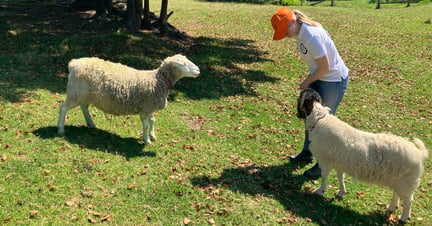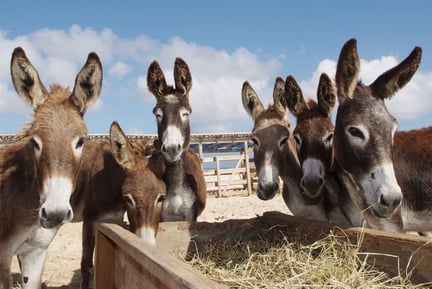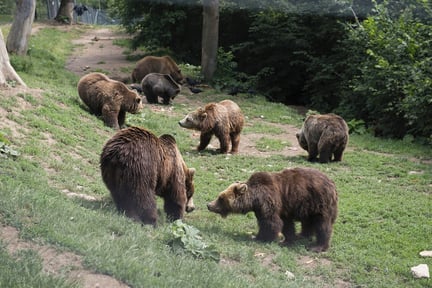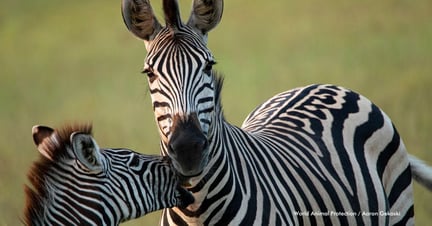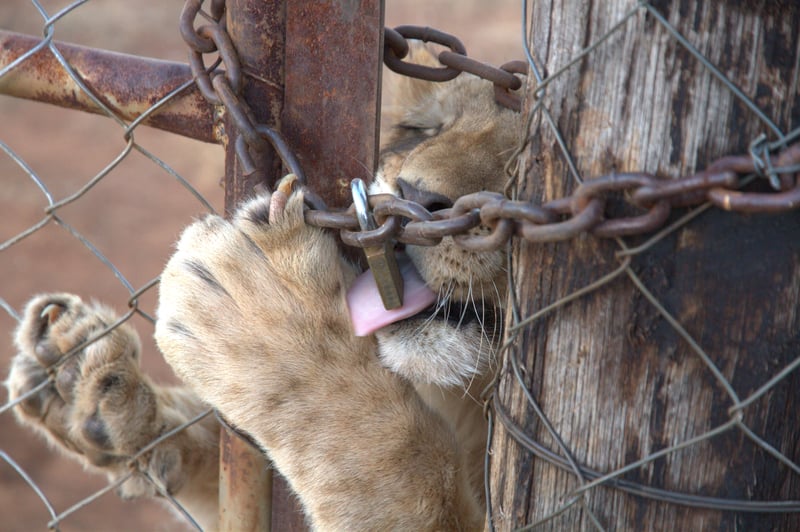
There’s a roaring illegal trade in endangered big cats killed for traditional Chinese medicine, and it’s clawing its way from Asia to across the globe.
Traditional Asian Medicine
Traditional Asian medicine is based on an entirely different concept to modern medicine and, with about 2,000 years of history, is of immense importance to many people.
Most remedies don't contain wild animal products and are often entirely non-animal-based, but there are some that do, and the effects on wildlife are unimaginable. You can read more on this in our article here.
Non-Animal Products
Plant-based traditional medicine has been used for many years, and will no doubt continue to be used for many more. Many herbal remedies are known to have curative properties and are popular with many communities worldwide.
Choosing which treatment is right for you can only be a good thing – except when wildlife is involved.
Animal Products
Sadly, some of the traditional practices exploit wild animals, cause immense suffering, and are bringing numerous species to the brink of extinction despite little evidence to support their medicinal properties.
- Bears are locked up in small cages their entire lives, having their bile painfully harvested from surgical openings in their abdomen.
- The last remaining rhinos are being brutally killed, and their horns hacked off.
- Pangolins being captured and killed for their scales to be sold on the black market
- Lions, tigers, and other big cats are being poached and even bred for their bones. Our article about this is here.
This is entirely unnecessary; synthetic and plant-based alternatives are available for the ailments for which these products are being consumed.
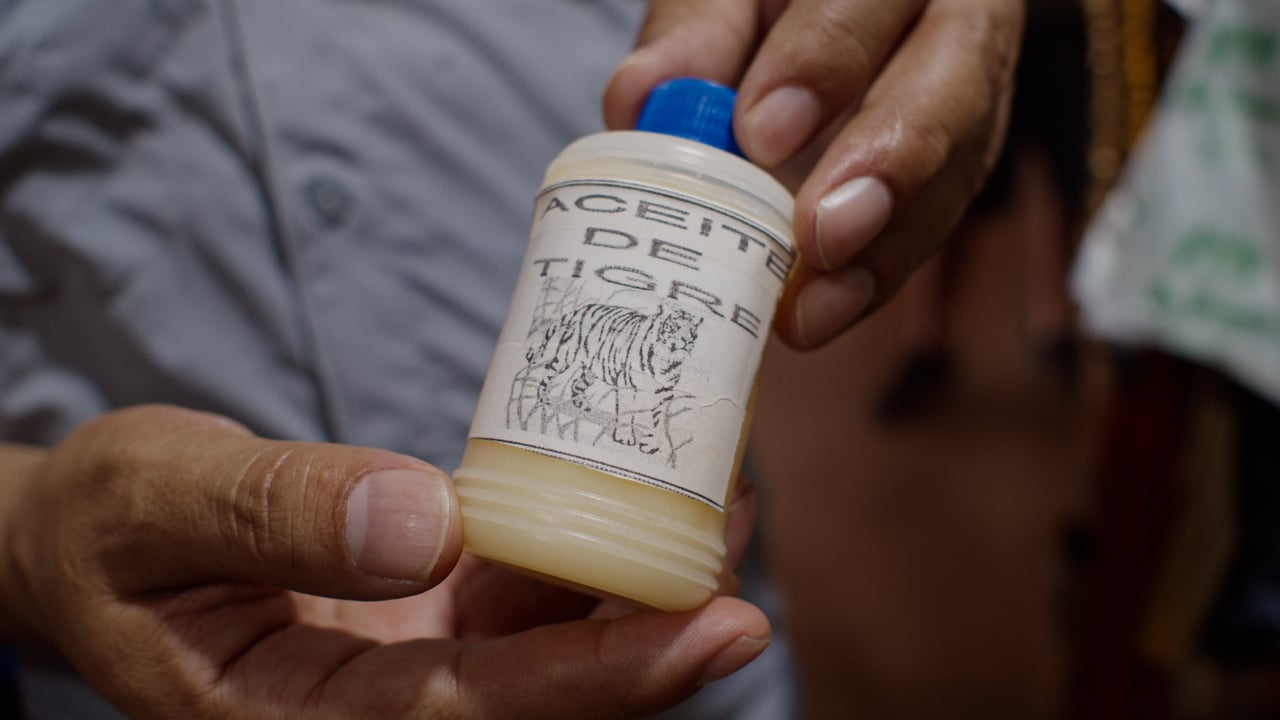
Traditional and Modern Medicine
Traditional Asian medicine is based on an entirely different concept than modern medicine. With about 2,000 years of history, it is of immense importance to many people.
Science has provided us with extensive medical breakthroughs and research eliminating the need to use wild, endangered animals, such as lions and tigers, in medicine.
People are living longer, survival rates are higher, and there are cures and remedies for many illnesses. Modern medicine has given us many gifts, but ancient remedies containing animal products are still popular across Asia.
Plant-based traditional medicine has been used for many years and will continue to be used for many more. Many herbal remedies are known to have curative properties and are popular with many communities worldwide.
Choosing which treatment is right for you can only be good- except when our endangered wildlife is threatened.
A huge industry
It is estimated that the traditional Asian medicine industry is worth upwards of $50 to $120 billion globally. Last year, the World Health Organisation (WHO) endorsed traditional practice despite a surge of criticism.
A global threat to endangered big cats
Habitat loss, hunting, and human-wildlife conflicts are the main drivers of these declines, but another threat is the growing market for their body parts. Now that demand is outstripping supply in Asia, it has become a global issue.
Big cat numbers have been freefalling into oblivion over the last century. Wild tigers are just shy of 4,000. For lions, there are about 20,000 left in the wild – down from about 200,000 a century ago.
Jaguars in Suriname
Last year, we revealed that, even thousands of miles away, in the small country of Suriname in South America, jaguars are being poached from the wild for this industry.
Their carcasses are boiled down into a paste and smuggled into China in tubs. The paste is supposedly used to treat the same ailments as tiger products, but it has a steep price tag.
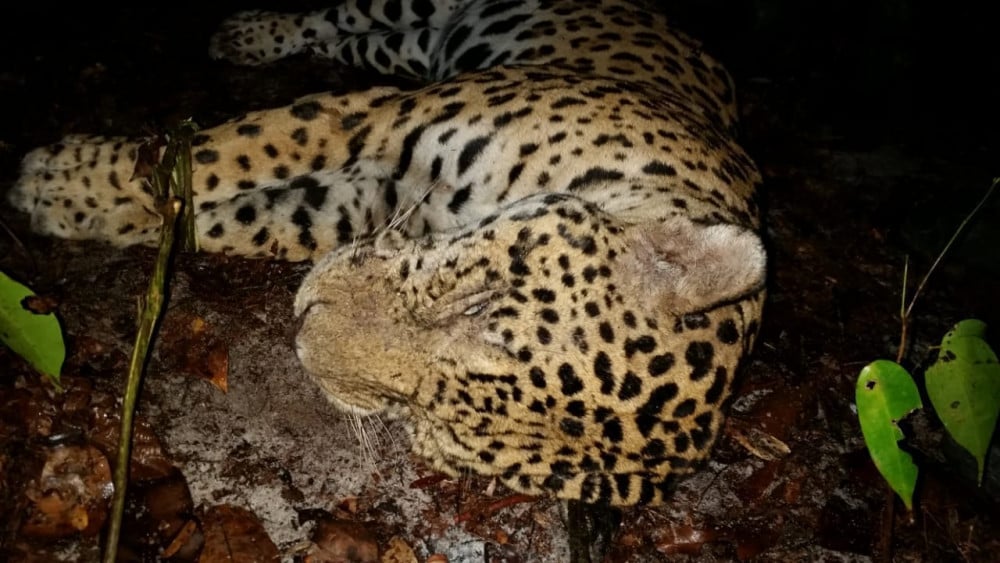
Lions in South Africa
In South Africa, lion cubs are used for petting and ‘walking with lions’ experiences at tourist venues. When they get too big, they are used for ‘canned hunting’ – where hunters pay large sums of money for a guaranteed kill as the lions are trapped.
Their bones are then harvested and exported to Asia, which is legal in South Africa. In 2018, South Africa exported 1,500 lion skeletons.

Tigers in China
In China, it’s thought there’s over 6,000 tigers in factory style farms – more than the wild population. They are kept in cramped, barren concrete enclosures, unable to behave naturally, suffering physically and mentally.
Some are kept in entertainment facilities and forced to perform tricks for tourists, who then drink the tonics and wines made from their ancestors’ bones. This is exploitation and its greediest, and cruellest.
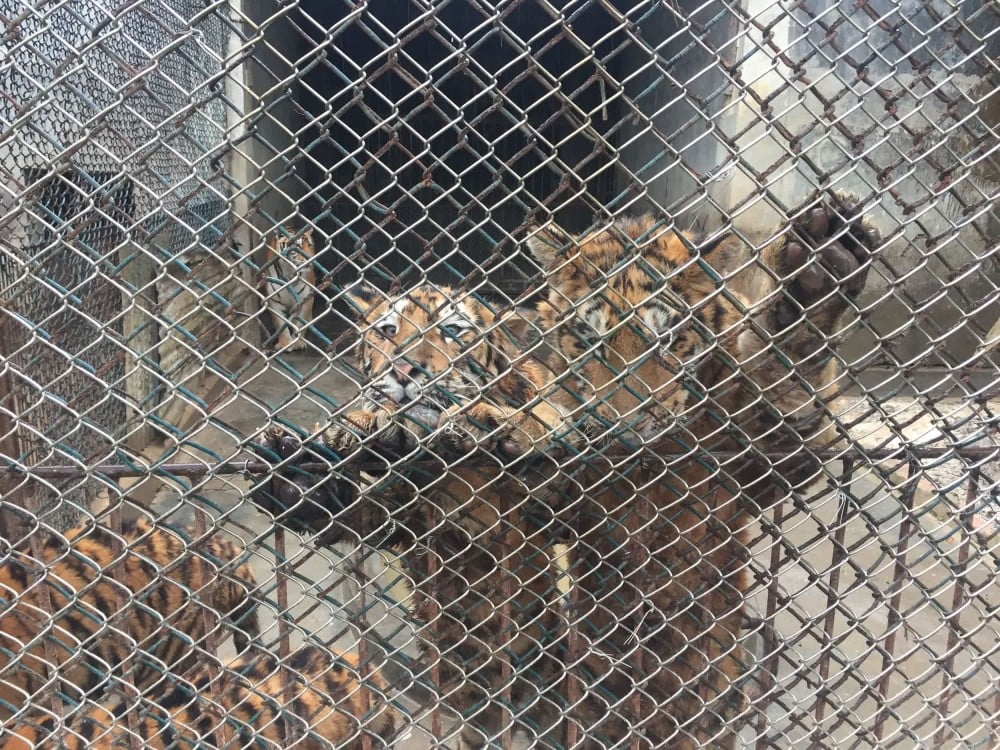
Big cat farms don't save wildlife
There is a misguided belief that big cat farms ease the pressure on wild populations. However, our study shows a clear preference for big cat products from wild cats over farmed, with almost nine in ten Vietnamese and over half of Chinese consumers confirming.
So, farms are not only cruel and legitimise a practice that governments must phase out, but are also fuelling the popularity of these products and, ultimately, the poaching of more wild animals.
China's ban on the use of tiger bones and rhino horns
We are doing all we can to save these animals, but it's an uphill battle. Consider that 25 years ago, China banned all domestic trade of rhino horns and tiger bones, throwing these incredible animals a much-needed lifeline.
But at the end of 2019, the ban was lifted to allow the use for medical treatment of farmed tiger parts, which has undone years of progress. As of 2020, China banned the wildlife trade due to the coronavirus outbreak. We have urged them to keep this ban permanant.
Traditional Chinese Medicine: A Promising Plant-based Future?
Wildlife. Not medicine.
Regardless of whether they are taken from the rainforests of South America, the plains of Africa, or farmed in China – big cats are wildlife, not medicine.
For us, our supporters and no doubt, many others, it’s clear that these incredible animals deserve a life worth living and belong in the wild.
We need to speak up for these animals, who themselves, do not have a voice. We need to move the world to act now and protect these animals, because time is running out.
- Read our report on The Exploitation of Lions
- Understand more about Captive Lion Breeding
Hero image credit: Blood Lions
Read more
-
15 Amazing Sheep Facts
Blog
Sheep are more intelligent and emotional than you might guess. Read these amazing facts about sheep to learn...
-
9 Interesting Donkey Facts You Should Know
Blog
Learn these facts about donkeys that will make you know and defend them more.
-
Livestream: watch rescued bears at Romania sanctuary
Blog
Looking to lift your mood? Take a peaceful moment to spot some of the 106 rescued bears living...
-
Uncover 8 Surprising Facts About Zebras
Blog
Learn why their stripes are so special and how these amazing creatures thrive in the wild.
